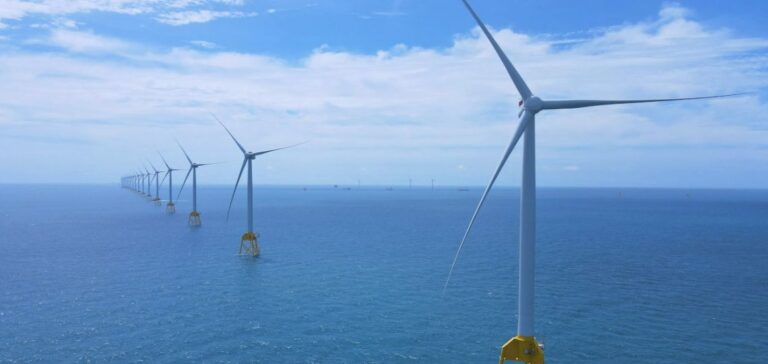Danish energy group Ørsted announced it has completed the installation of all foundations for the Greater Changhua 2b offshore wind farm, located off the coast of Taiwan. The operations concluded ahead of schedule, with the first foundation installed in early April.
The campaign involved a total of 24 suction bucket jacket (SBJ) structures anchored to the seabed using suction technology. This method, which does not require piling, was carried out by a heavy-lift vessel operated by Dutch company Heerema Marine Contractors. The technique enables stabilisation of the foundations through suction alone, eliminating the need for driven piles.
Non-piling anchoring technology
SBJ foundations offer an alternative anchoring solution, particularly suitable for environments where noise impact must be limited. While Ørsted’s statement did not specify technical details, the use of this method suggests a logistical decision based on local conditions and installation requirements.
The Greater Changhua 2b project is part of a series of offshore developments in the East China Sea. Ørsted is also continuing foundation work at a neighbouring site, Greater Changhua 4, where operations remain ongoing. No specific timeline has been provided for this second project.
A milestone in project progression
Completion of the foundations marks a key step for Ørsted, which must still proceed with installing the upper structures and turbines. The exact number of turbines planned for site 2b was not disclosed in the company’s communication.
Ørsted, which holds several offshore projects in the Asia-Pacific region, has not provided a cost estimate for this project phase or a timeline for full commissioning of the wind farm. Greater Changhua 2b forms part of a broader cluster of offshore projects totalling several gigawatts in this maritime zone.






















